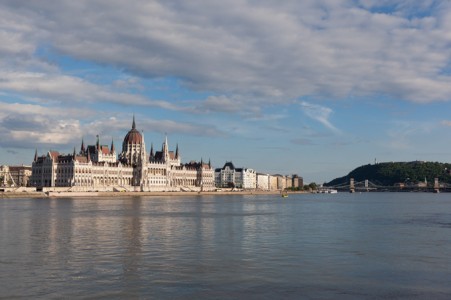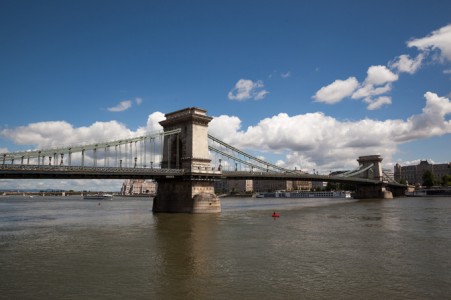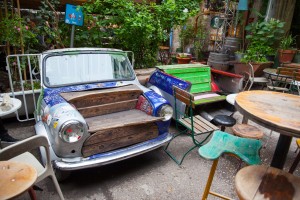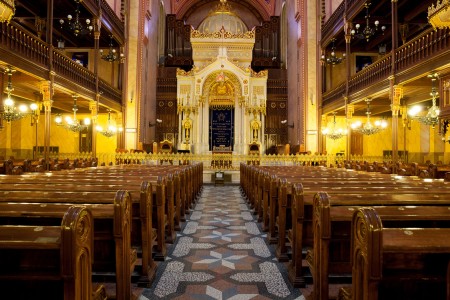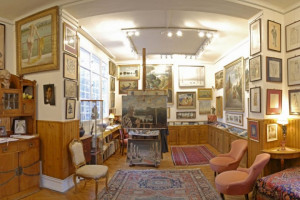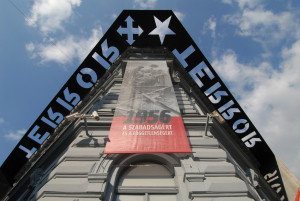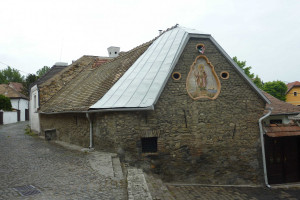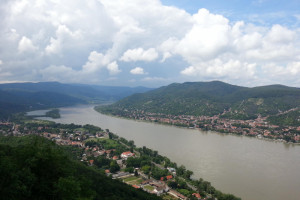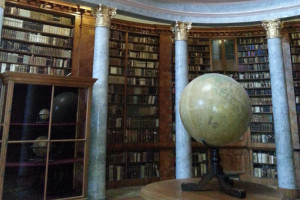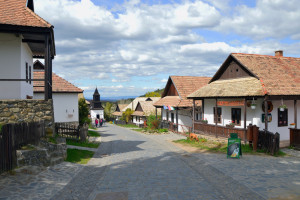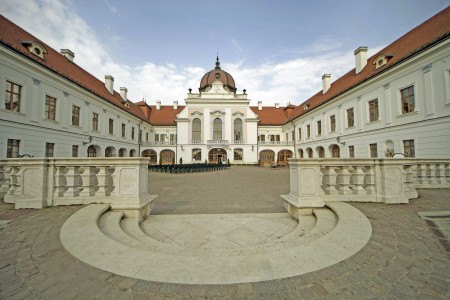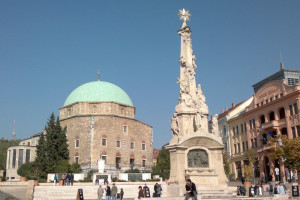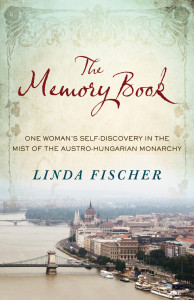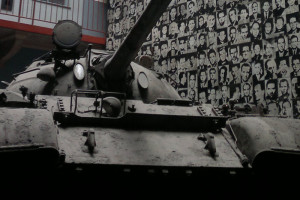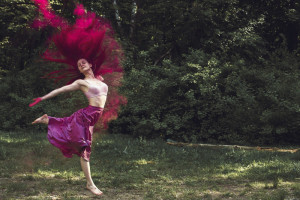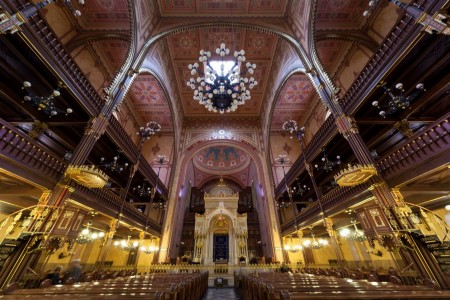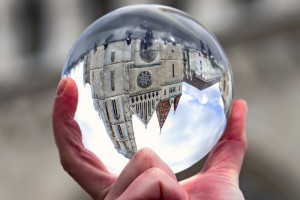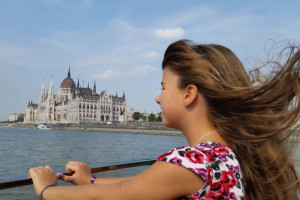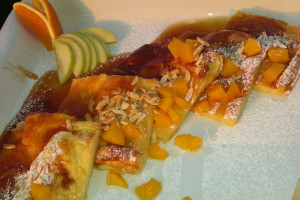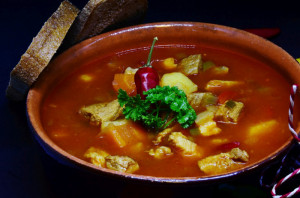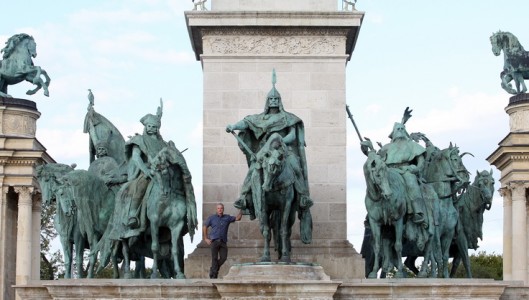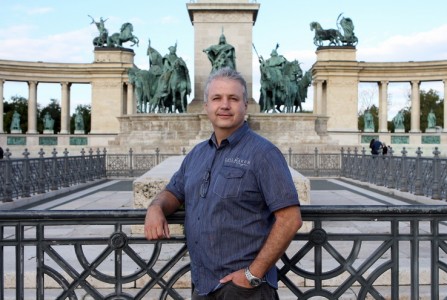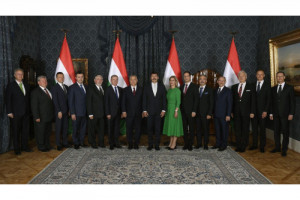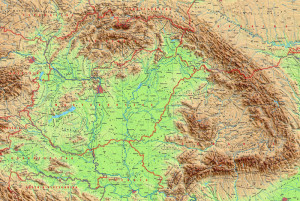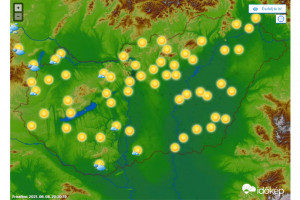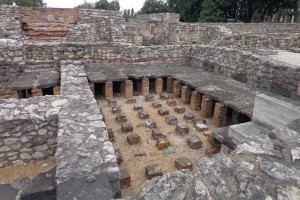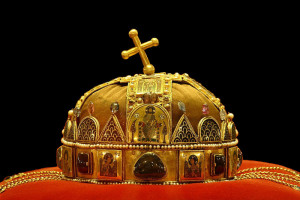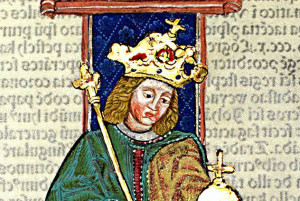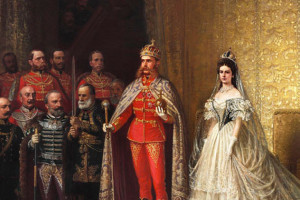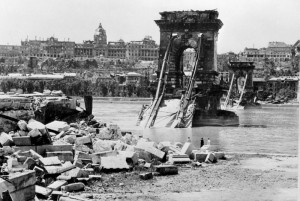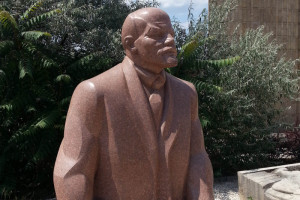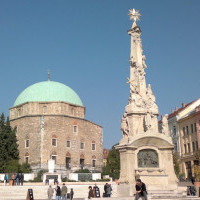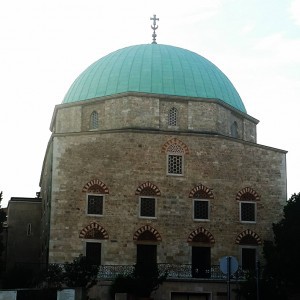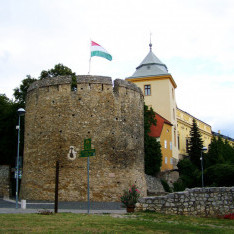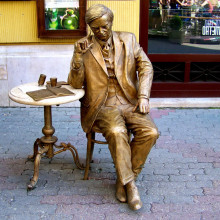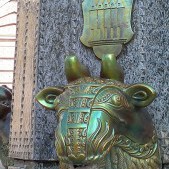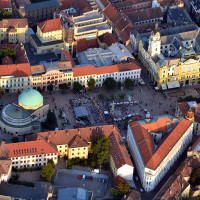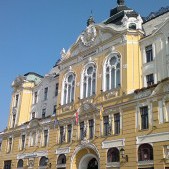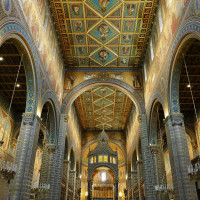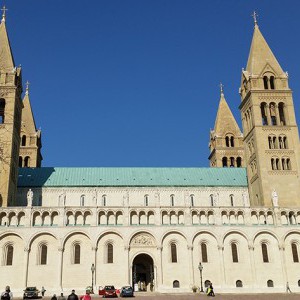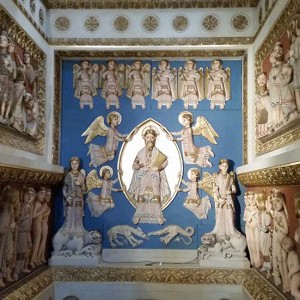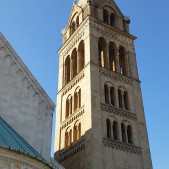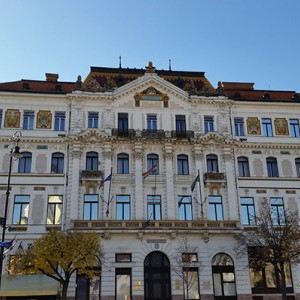Pécs: Culture, Art & History
ZoOm Hungary
Pécs is around 2000 years old. Famous for its Zsolnay ceramics and Roman and Turkish ruins, this city is a great destination for visitors interested in history, art and culture. Previously settled in by the Romans and later the Turks, there is no city in Hungary which has a greater Mediterranean feel about it.
Pécs: Culture, Art & History
Even in prehistoric times man found shelter and a place to settle in the Pécs region. The Romans may have settled in Pécs for the region's weather, fertile soil and abundant water, but more likely they were sold by the protection offered by the Mecsek Hills. Calling their settlement Sophianae, it quickly grew into the commercial and administrative centre of Lower Pannonia. Romans arriving here from the Mediterranean area almost certainly felt at home; viewing the city panorama, the traveller could be in the hills of Toscana or Lazio. The Romans brought Christianity with them, and reminders of it can be seen in the early clover-shaped chapels unearthed at several locations here.
Pécs' importance grew in the Middle Ages, when it was known as Quinque Ecclesiae after its five churches (it is still called Fünfkirchen in German). King Stephen founded a bishopric here in 1009, and the town was a major stop along the trade route to Byzantium. Pécs developed as an intellectual and humanist centre with the founding of a university – Hungary's first – in 1367. The 15th-century bishop Janus Pannonius, who wrote some of Europe's most celebrated Renaissance poetry in Latin, was based in Pécs.
The city was fortified with walls after the Mongol invasion of the 13th century, but they were in such poor condition three centuries later that the Turks took the city with virtually no resistance in 1543. The Turks moved the local populace outside the walls and turned Pécs into their own administrative and cultural centre. When they were expelled almost 150 years later, Pécs was virtually abandoned.
The resumption of wine production by German and Bohemian immigrants, and the discovery of coal in the 18th century, spurred Pécs' development. The manufacture of luxury goods (gloves, Zsolnay porcelain, Pannonvin sparkling wine, Angster organs) and the exploitation of nearby uranium mines came later.
The Barbican
The history of the Barbican (Barbakán), the castle of Pécs, goes back to the 10th century. Although it was captured by the Turks in the 16th century, the ruins of the medieval castle and the wall that once encircled the old city can still be viewed.
Pécs: Culture, Art & History
Pécs Cathedral
With construction beginning in the late 11th century and finalized in the 12th, Pécs Cathedral has remained an important feature of this city for hundreds of years. With its Romanesque design, this Cathedral is a symbol of Hungarian history. In the 16th century it was converted into a Turkish mosque before finally being claimed once again as a place of Christian worship, representing the years of cultural change within Hungary. The Cathedral, also known as the St Peter and St Paul Basilica is dominated by four 60 meter tall towers, making it one of Pécs’ most impressive buildings. The inside is equally remarkable. Divided by a splendid arch, the cathedral plays host to the famous frescoes of Bertalan Székely alongside a manual organ. The choir can boast of a four-manual organ with over 6000 pipes, a masterpiece from the renowned Angster Organ Factory in Pécs. The Chapels of the Sacred Heart of Jesus and Corpus Christi are decorated by Karoly Lotz seccos. Additionally, we can observe the world famous Bertalan Székely seccos in both the Chapel of Mary and in the chapel of Saint Mór. The mortal remains of Janus Pannonius, a well-known Humanist poet and a former Bishop of Pécs, were rediscovered and then reburied during archaeological excavations in the enormous 12th century, cross-vaulted, five-nave crypt. A sculpture was erected in his memory at the same spot. There is a stunning view of the city from the south-eastern tower of the time-honoured cathedral, which has preserved the spirit of its thousand-year-old past so well.
Sopianae, the predecessor to the city of Pécs, was inhabited by the Romans and included a Christian cemetery that many people still choose to visit today. An ever popular attraction, Sopianae, along with its Early Christian Mausoleum, is included in the UNESCO World Heritage List in the category of culture-historical architecture. Discovered during renovation works in 1975, this Roman burial site dates back to the 4th century. The burial chambers are home to a finely decorated twin grave as well as including fascinating murals which depict such characters as Adam and Eve, the Tree of Life and the Prophet Daniel.
Pécs: Culture, Art & History
Mosque of Pasha Qasim
Built between 1543 and 1546, this impressive building was the creation of Pasha Gazi Qasim after Turkish occupation of Hungary in the 16th century. It has been used for Christian worship since 1868 leading to interior renovations in order to suit. However, the exterior looks exactly the same as it did when it was first constructed. With its ogee windows and a finely decorated mihrab (praying niche), which faces Mecca, the building still contains many original features and elements of Ottoman design. Visitors can even find poems from the Koran written on the walls. This is a truly unique building which incorporates both Christian and Islamic design, as presented through the combined symbols of the crescent moon and the cross on the top of the dome. Now it serves as the Parish Church of Gyertyaszentelõ Boldogasszony in the city centre of Pécs
Király Street
Király Street is located in the heart of Pécs. It is a very popular area, filled with a buzzing atmosphere, and home to a number of stylish shops and cafés. Surrounded by Baroque buildings, this street is close to a number of Pécs’ main attractions.
The Synagogue
The Synagogue of Pécs was consecrated in 1869 by the Jewish Neolog community, whose principles are of a more reformed Judaism. Designed by architects Frigyes Feszl, Károly Gerster, and Lipót Kauser, the synagogue’s face is embellished with a clock and a Hebrew inscription that reads, „For my house, be called to the house of prayer for all peoples.” The building also boasts onion domes and other ornate exterior finishes; its seating is of the same dark slavonian oak as was used when it was built. Decorative detailing includes brilliantly colored ceilings displaying intricate stencil work, cast and wrought-iron columns with gilded capitals, and stylized architectural features. The synagogue still contains its original Angster organ.
A perfect addition to a Pécs tour is a wine tasting program int he nearby wine region of Villány, nicknamed as „Bordeaux of Hungary”. Wine tasting combined with a fine dining vino-gastrocultural experience is the perfect way to discover Villány and its fabulous wines.
